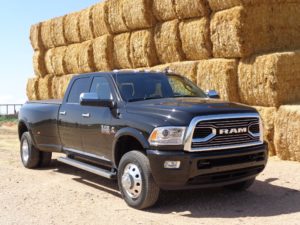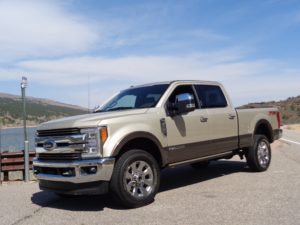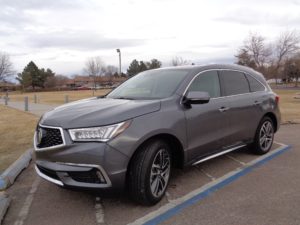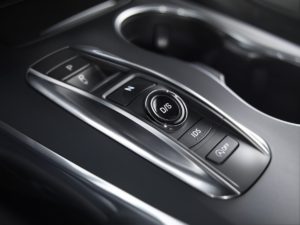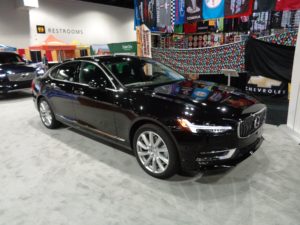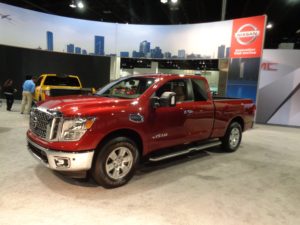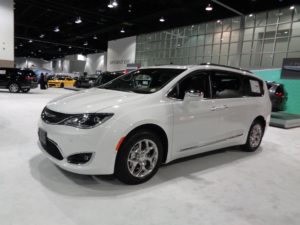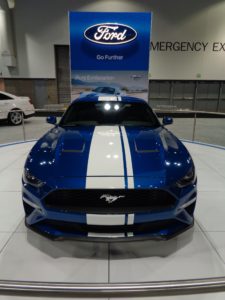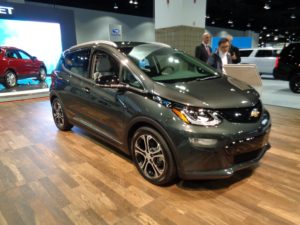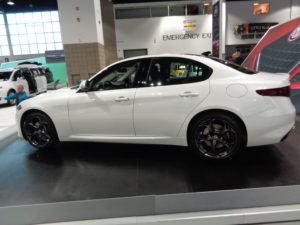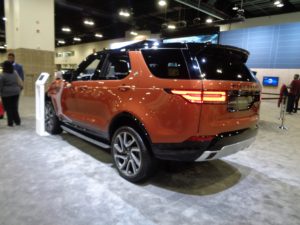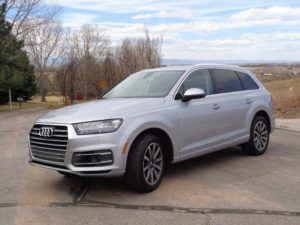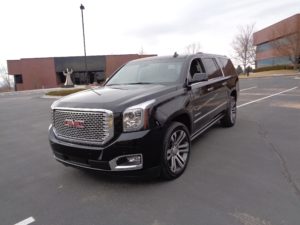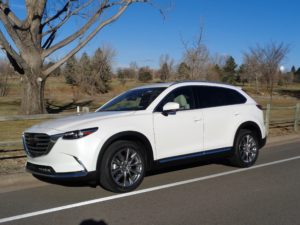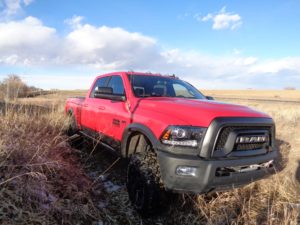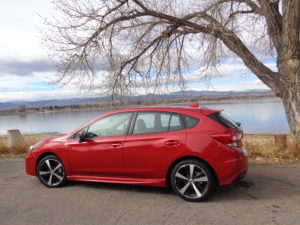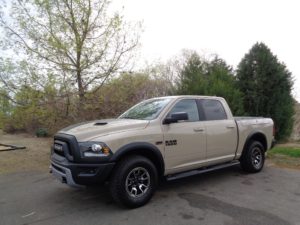
Fast moving into a popular role among the Ram’s wide lineup of light-duty 1500 trucks is the Rebel.
The sturdy-looking crew cab with a 5-foot-7 bed delivers a comfortable ride, while building a strong offroad reputation.
Highlighting the Rebel’s second year on the Colorado scene is one finished in Mojave sand exterior color; the earliest of only 1,500 to be built in that paint scheme began arriving three months ago.
With the limited run of those of Mojave sand, few will have an opportunity to own one. Never fear, the Rebel is being sold in six other colors, too.
One of the rare Rebels, Mojave sand, was delivered to me a few days ago. I’d already driven one – my son and daughter-in-law, Dale and Sandy Wells, purchased one several weeks ago.
RAM lettering across the front of the Rebel’s huge nose is along the lines of the FORD lettering out front of the big, tough Raptor, for which the Rebel has become chief rival.
Optional features that lend appeal, making the Rebel competitive with the tough Ford Raptor, include:
- Its 5.7-liter Hemi V-8 with 8-speed automatic transmission turns out 395 horsepower and 410 lb.-ft. of torque.
- Push-buttons on the dash engage four-wheel-lock and four-wheel-low-range, or move the drive back to rear-wheel.
- With its four-corner air suspension and coil springs, the Rebel may outride its competition.
- The height of the truck can be raised or lowered 3 inches with push of a button. The lower level will aid entry and exit; the upper may be appropriate in offroading.
- An Alpine premium sound system lends pleasant entertainment, including integrated voice command with Bluetooth, SiriusXM satellite radio, nine speakers with subwoofer.
- And, getting down to ground-level basics, the fabric on the interior seats displays the tread pattern of the big Toyo Open Country LT285/70R17 tires.
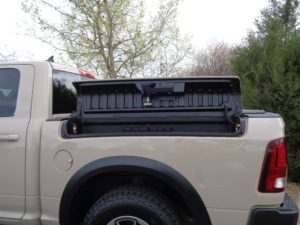
The Rebel, on a wheelbase of 140 inches, is 229 inches in overall length and its curb weight is approximately 5,400 pounds. The power range of the Hemi V-8 and 8-speed transmission is smooth; it carries an EPA fuel estimate of 15/21 miles per gallon. My overall average was 17.3. I failed to approach 21 mpg on level highway runs.
In place of paddle shifters to do a manual-mode upshift and downshift of the gears are two buttons within reach of the driver’s right thumb on the front of the steering wheel.
Front and rear skid plates offer protection of the undercarriage’s valuable works.
Inside, along with lots of storage compartments are two deep bins, one on each side of the rear-seat floor beneath the floor mats.
Helping to push the Rebel’s price from a base of $47,095 to sticker of $56,250 are RamBox cargo areas built into the bed sides. Also included are spray-in bedliner and tonneau cover, step rails, dual rear exhaust, navigation, rearview camera, power-folding side mirrors, speed control and remote start.
Base engine is a 305-hp, 3.6-liter V-6. The Hemi, though, seems better suited to the Rebel, considering its size and performance expectations.
